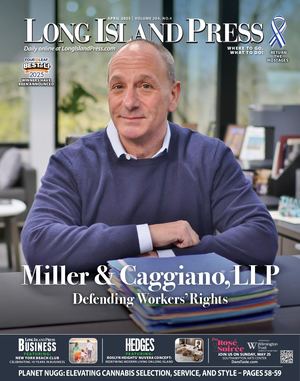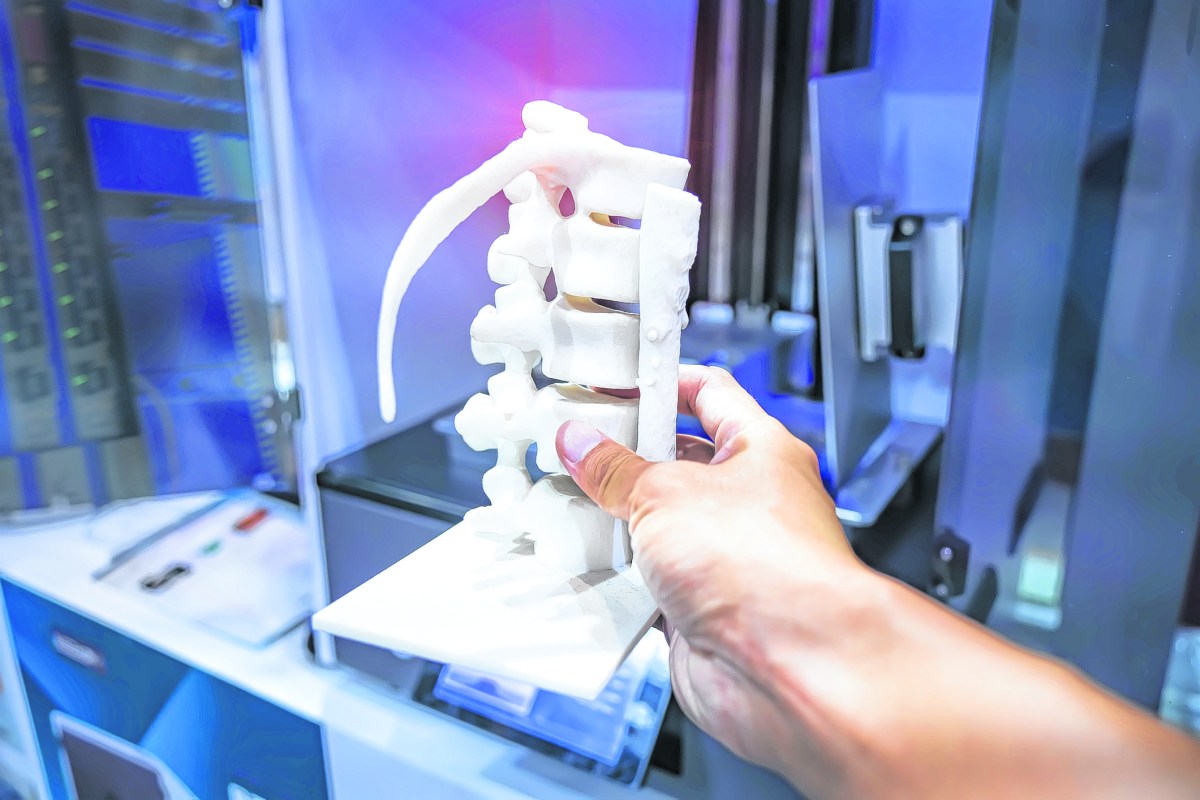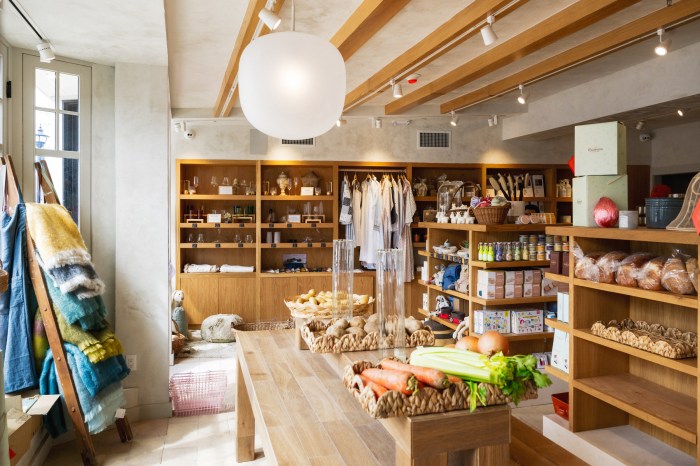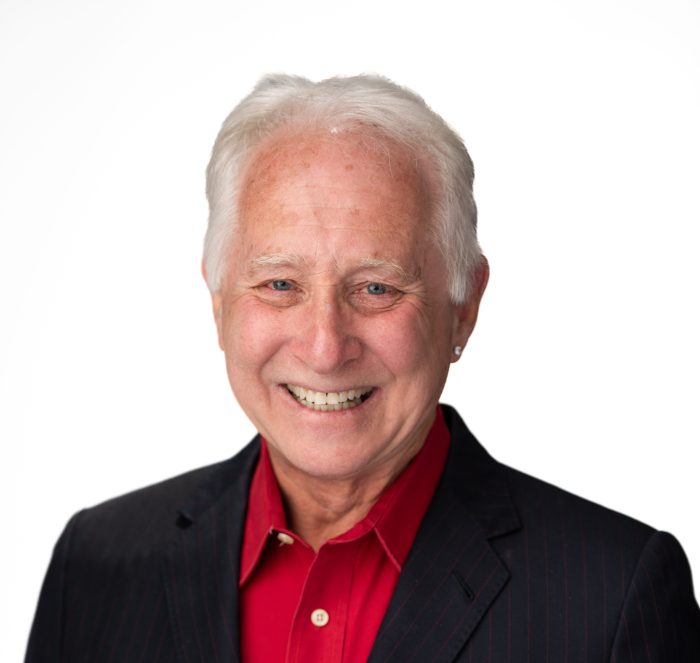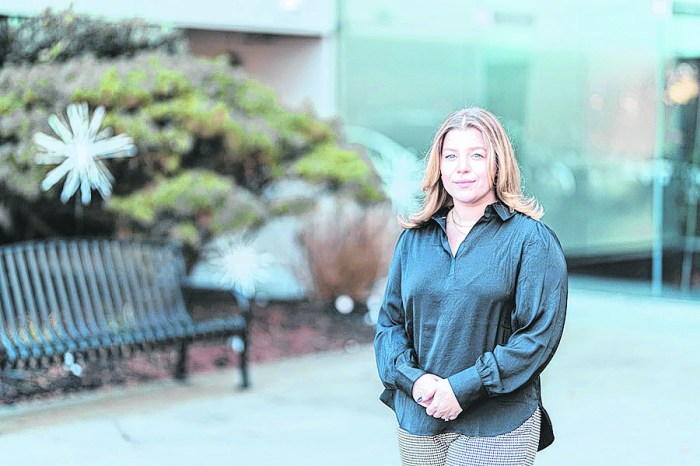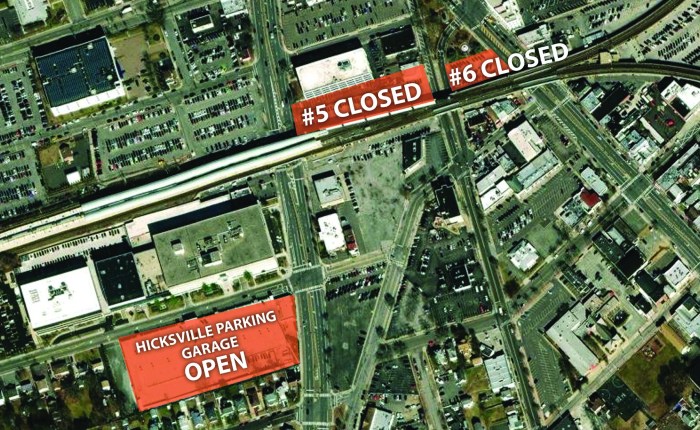When he was 15 years old, Jaan Malik built his own computer at his home in West Islip, scraping together parts from a Micro Center store in Westbury.
It is little wonder that Malik, now 22 and a computer science student at New York Institute of Technology in Brookville, is starting his own tech business — entering the emerging world of 3D printing. It is a unique world, more widely used in Europe at this point than in the U.S., but, experts say, 3D printing is growing because it allows for more creativity for the user and choice for the customer.
Simply put, 3D printing is used for creating actual physical objects from digital designs. These can range from manufacturing tools to medical devices, consumer goods, aerospace parts, and building materials.
The process begins with creating a digital 3D model using Computer-Aided Design software. Then, other software creates instructions for the 3D printer by slicing the digital blueprint into horizontal layers. The 3D printer then follows directions from the software, putting out solidifying material layer by layer until the object ordered is produced.
Malik caught on early. Last year, he and some family members — his father, Mansoor and his sister, Rumiya, who is studying for her master’s degree at New York University — built an app called Kreativio. It is to go live this summer, but already has about 200 people signed up to receive digitally-created products, such as wedding invitations.
Malik figures that once the company goes live, initial sales of whatever customers order will be in several hundred thousand dollars. In a few years, he says, sales will be in the millions.
“We want to be the Uber of 3D printing,” Malik told the Press in an interview at the Plainview office of ListNet, which promotes tech companies. Malik has joined ListNet and maintains an office there.
To Malik, one of the prime advantages of 3D printing is that “the product can be more personalized. It can be anything you want it to be. You can create your own world.”
Malik, who is Muslim, grew up in primarily white West Islip. He described his early years as “interesting,” and mentioned occasionally bullying in the neighborhood. But he was a good student with a family that pressed him to study hard and do well. His family owned pharmacies on Long Island, and lived comfortably.
He took away from it one firm lesson: “I never wanted to work for anybody,” he said in the interview.
Paul Trapani, co-president of ListNet, has gotten to know Malik well in the months he has occupied an office at the organization.
“Peter and I see a lot of pitches,” said Trapani, referring to ListNet’s other co-founder, Peter Goldsmith. “He (Malik) has something that is unique. He is looking at it in a different way, like being an Uber-type company.”
Mike Maser, owner of an IT company in Plainview who has followed the 3D industry, said it got its start in the U.S. about a decade ago.
“I would call it an expansion of the Radio Shack community,” Maser said, referring to the chain of stores that sold a variety of parts so that one could make a radio or television set at home.
“This (3D printing) is in the same spirit,” Maser said. “But now you’re able to express yourself a little more artistically. People are building different things.”
Chuck Hall, a Colorado-based tech executive, is widely considered a pioneer in the 3D printing industry. He developed what he called “stereolithography,” a process by which objects can be made by printing layer upon layer using an ultraviolet substance. The process was called 3D printing.
3D printing has a broad future. Maser and other experts say it can be used in biomedical engineering to create surgical tools or even organs; in housing to create entire homes, and in dentistry to create crowns and bridges, or in aerospace to design wings.
Or, in greeting cards. “Hallmark has made an empire out of this,” Maser said. 3D printing can do even more.
Malik is eager to get started with his 3D company and eager also to move on from that. Would he start another company after Kreativio?
“Yeah,” he said with a big smile on his face. “Why not?”
